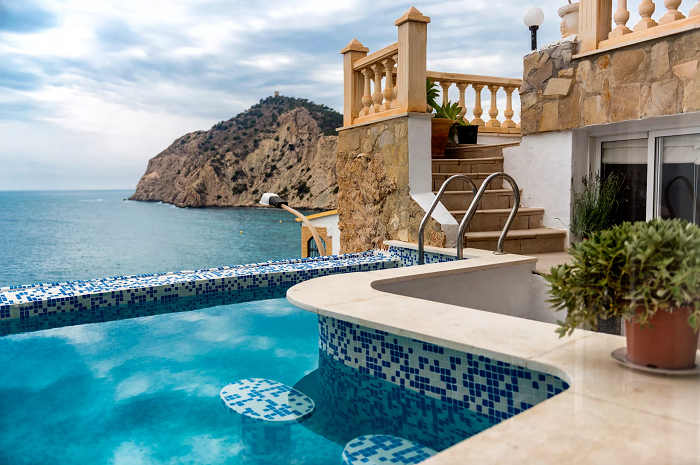The height of the fuel door should, if possible, correspond to the height of the tile, so that there is no need to stir the tiles in the front row. Doors should have special ties with which they are firmly attached to the rollers of tiles; The rollers themselves, in addition, are planted in the bends of the door frame – if there are no such, then they are attached to the frame of strip iron brackets. In the same way, the doors of the ash is built in the same way, knocking out the corresponding hole in the roller of the tile. The stove stuffing should be dense, without voids, and from suitable material. For stuffing, take clay, tiles and plates, or high -strength concrete. In clay stuffing between the rollers of tiles, pieces of bricks or tiles saturated with water are tightly inserted by water. When stuffing, you should strictly monitor that. So that there are no crevices filled with air between the lining and the tiles – the latter reduce the thermal conductive properties of the furnace to a very large extent. This stuffing should also not stick out through the edges of tile rollers.
It is forbidden to use a strongly burned brick (iron) for stuffing tiles, since it is poorly bandaged on a clay solution. When stuffing, tiles with chamotte slabs, the latter should be at least 15 mm thick and are well attached to the tile cavity.
The furnace doors must correspond to the stipulated in the contract or estimate, where it should be accurate to indicate what they should be: nickelled, black, iron, cast -iron. copper-simple or double, with just trimmed or with a polished groove, with a device for regulating traction or without it. Doors should close tightly. The ordinary hermetic doors is 15×15 cm (6 ″ x6 ″). A jumper with a thickness in a brick is removed above the doors with a width of more than 25 cm.
The surface of the tile furnace after the end of the work is washed off a rag washed in water. The seams are thoroughly filled with chalk diluted in egg protein or milk. After hardening the mass, the surface of the furnace is thoroughly cleaned, a clean dry rag is used for this. Then the seams are attached and polished by the sharp edge of the aluminum, lead or tin plate, so that the tiles are better separated from each other.








Leave a Reply